Gym Wear Guide This passage highlights the importance of choosing appropriate gym wear for optimal workouts. Breathability and support are critical features to look for. The right activewear, specifically chosen for the type of exercise, can enhance performance and minimize injury risk. Conversely, unsuitable gym attire can lead to discomfort and increase the potential for injuries.
This Gym Wear Guide assists you in selecting the best attire. Whether you lift, run, or do yoga, we cater for all needs. Let’s look at outfits that best fit and give you maximum value with your workouts.
Table of contents
- Why Does Gym Wear Matter?
- 1. Weightlifting & Strength Training
- 2. Running and Other Forms of Cardio
- 3. High-Intensity Interval Training (HIIT)
- 4. Yoga and Pilates
- 5. Indoor & Outdoor Cycling
- 6. CrossFit & Functional Training
- 7. Swimming & Water Workouts
- 8. Group Fitness Classes (Zumba, Dance, Aerobics)
- Gym Wear Fabric Guide
- Common Gym Wear Mistakes to Avoid
- Final Tips for Choosing Your Gym Wear
- Conclussion
Why Does Gym Wear Matter?
Many people do not understand the difference the proper gym wear makes on their performance. The right materials help ku keep dry while exerting, and to move as freely as possible. Loose or tight clothes can cause distraction, and unbreathable fabrics cause overheating. Furthermore, proper footwear provides adequate support and protection to your feet.
Motivation is enhanced by investing proper gym wear. You feel more confident when dressed right, and alongside that, high quality activewear are made to last. Focusing on specific workouts, lets us explore what is best suited.
1. Weightlifting & Strength Training
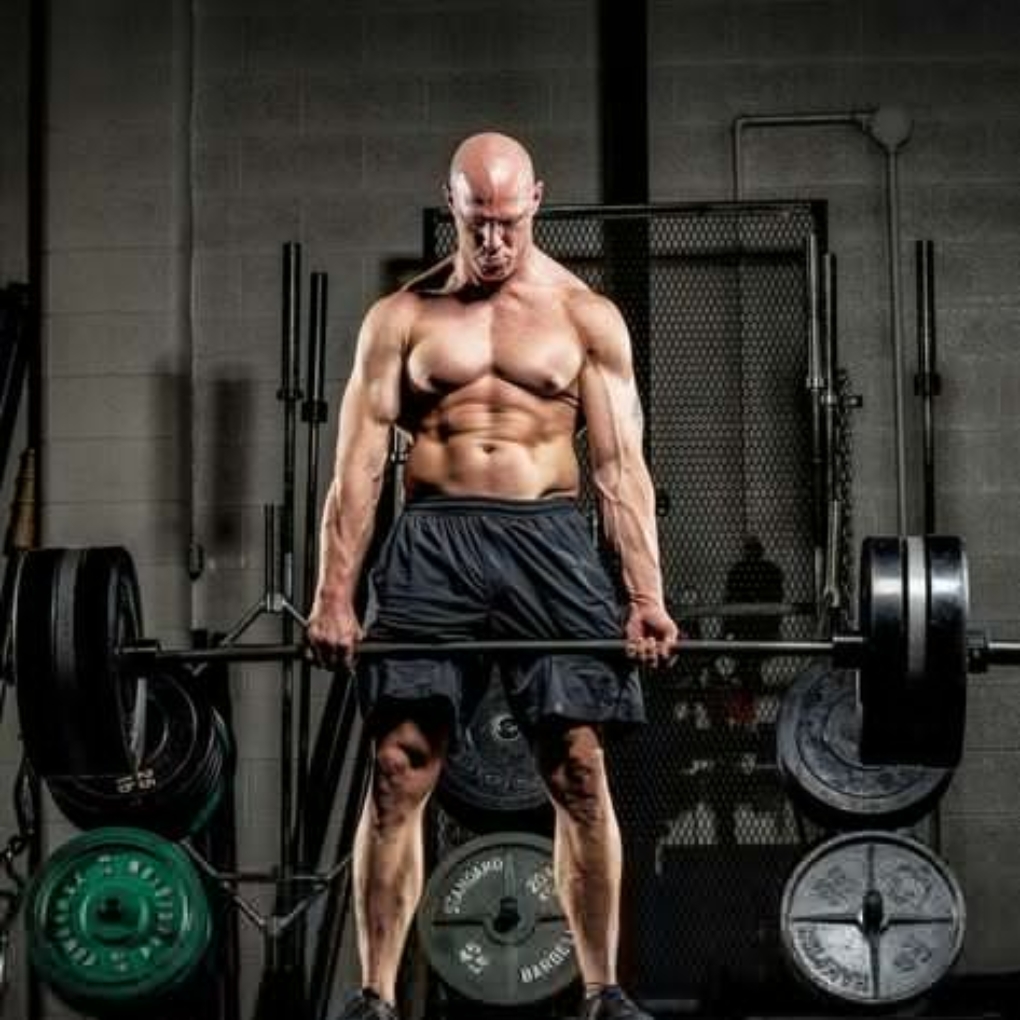
Lifting weights requires sturdy but flexible clothing. You need unrestricted motion for squats and deadlifts. Use care when dealing with any loose fabric that can get caught somewhere.
Best Gym Wear for Weightlifting:
- Top: Fitted t-shirts or tank tops (moisture-wicking fabric).
- Bottom: Stretchy shorts or compression pants.
- Footwear: Shoes with flat soles, such as Chuck Taylors and weightlifting shoes.
- Equipment: Gloves specifically designed for weightlifting.
The Rationale Behind the Approach:
Combustion supports muscles & enhances mobility during exercise. Balance improves ergonomically with flat footwear. Breathable fabric regulates temperature.
2. Running and Other Forms of Cardio
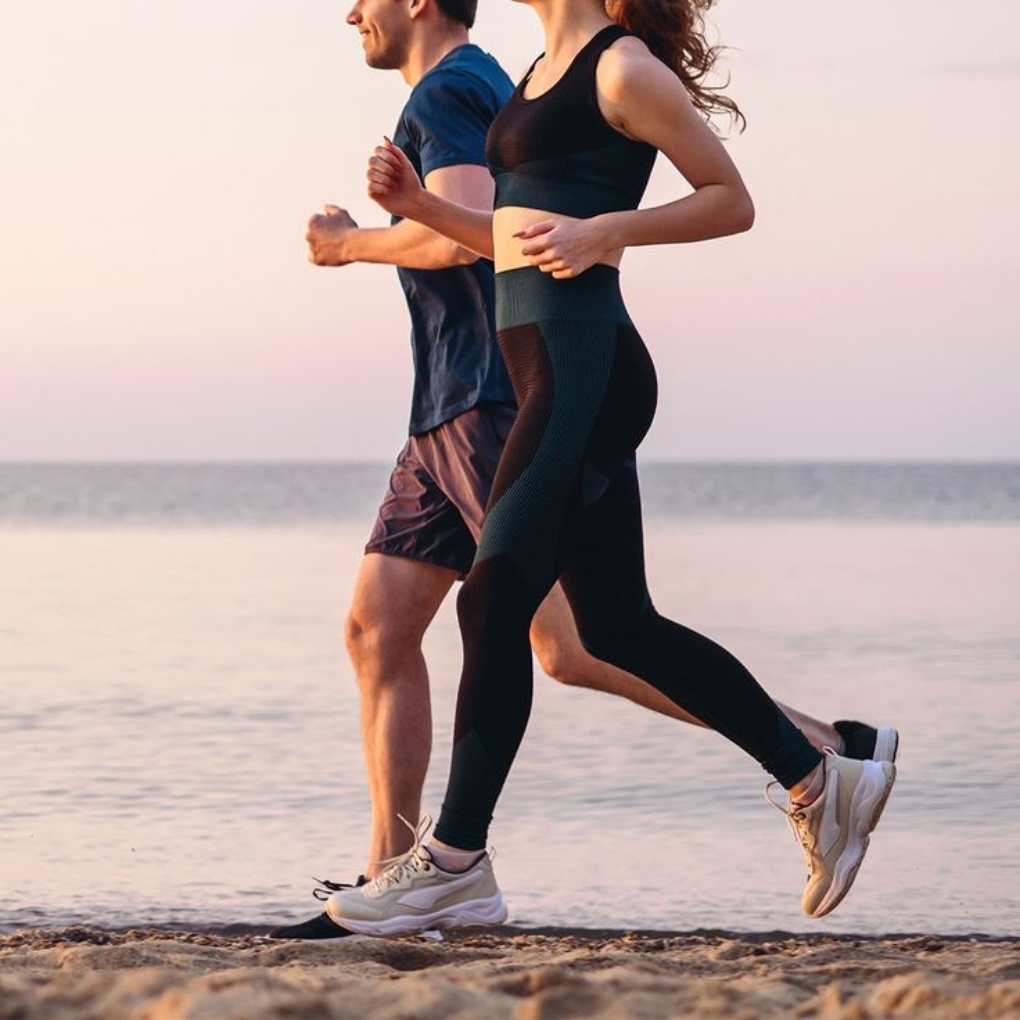
Running calls for lightweight clothing made of sweat soaking material. An ideal set of clothes should be free of seams that could cause chafing. Shoes should be engineered to eliminate stress on joints.
Lightweight Gym Clothes for Running:
- Upper Garment: T- shirts or long-sleeves, preferably lightweight and ventilated.
- Lower Garment: Fitted running shorts or leggings.
- Footwear: Supportive running shoes, Air Max by Nike or Gel by ASICS.
- Accessories: Socks that provide sweat work and armbands to hold mobile phones.
The Rationale Behind the Approach:
Clothing made from moisture-wicking materials that expels rather than absorbs sweat. During movement in running, supportive shoes mitigates pressure on knees.
3. High-Intensity Interval Training (HIIT)
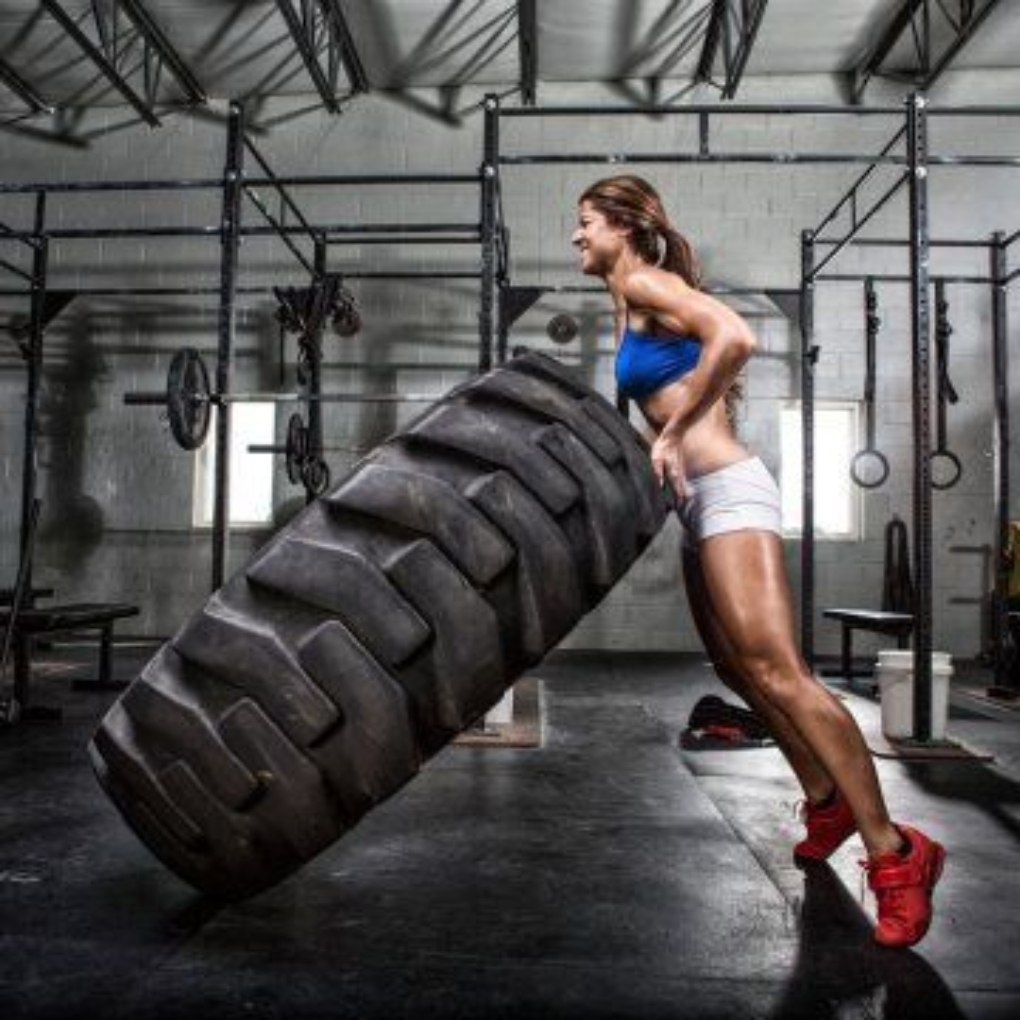
Instructor led exercise with quick paced movements paired with short breaks in between to catch your breath. Choose fabrics that will withstand stretching and sweating.
Best Gym Wear for HIIT:
- Upper Garment: Tight, breathable fitted tops that do not flap to ensure ease of movement.
- Bottoms: Flex sports shorts or high waisted leggings.
- Footwear: Ankle supported cross-trainer sneakers.
- Equipment: Absorbing headbands designed for glittering sweat.
The Rationale Behind the Approach:
Distractions and movement in clothes increases with looseness and inconsistency. Laterally directed movements during aerobics are enhanced in cross-trainers.
4. Yoga and Pilates
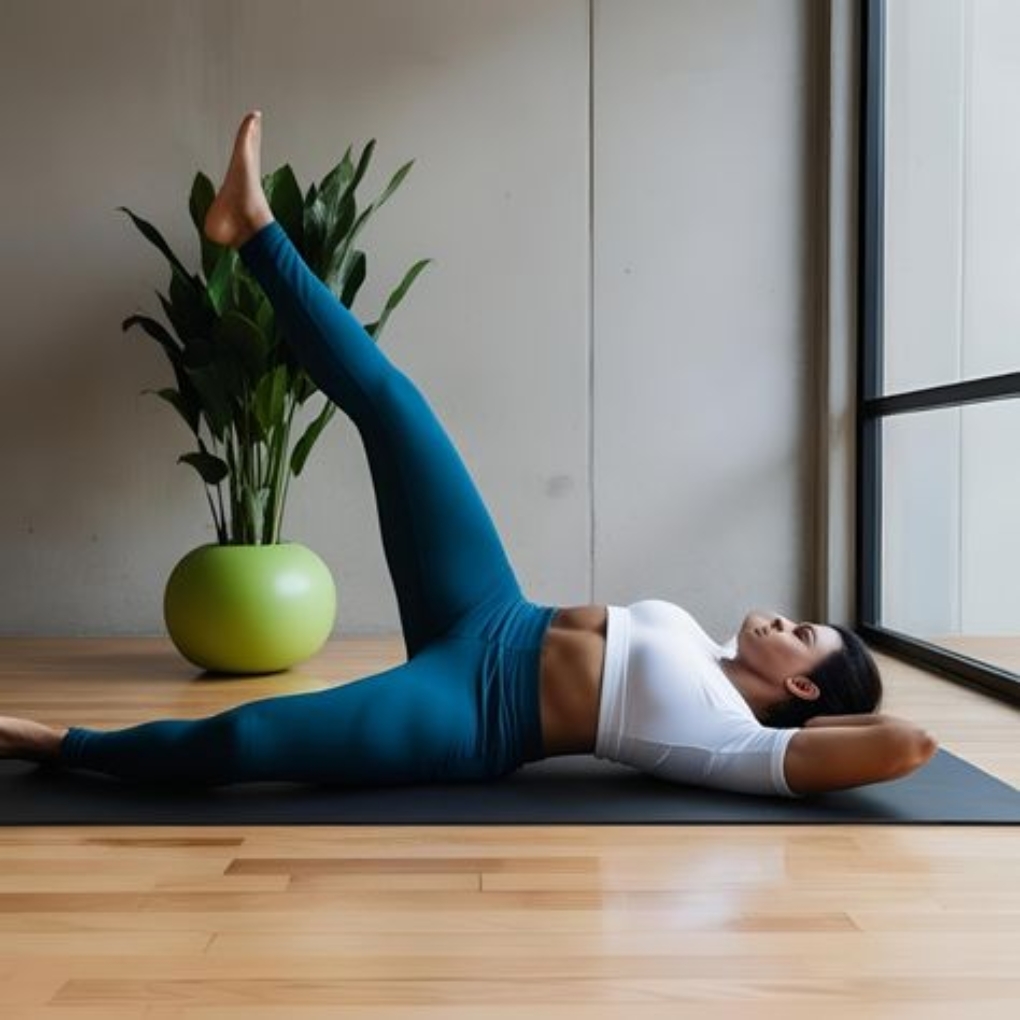
Clothes worn during yoga need to have stretchable fabrics and non restrictive designs. To lower chances of rolls in downward facing yoga poses, avoid loose fabric.
Best Gym Wear for Yoga:
- Top: Tank tops or sports bras that are fitted but stretchy.
- Bottom: Leggings or high waisted yoga pants.
- Shoes: Socks that are grippy or barefoot styled.
- Accessories: Yoga mats that are non slip.
Why It Works: Soft strands ensure flexibility while stretching deeply. Non-slip materials help in preventing falls.
5. Indoor & Outdoor Cycling
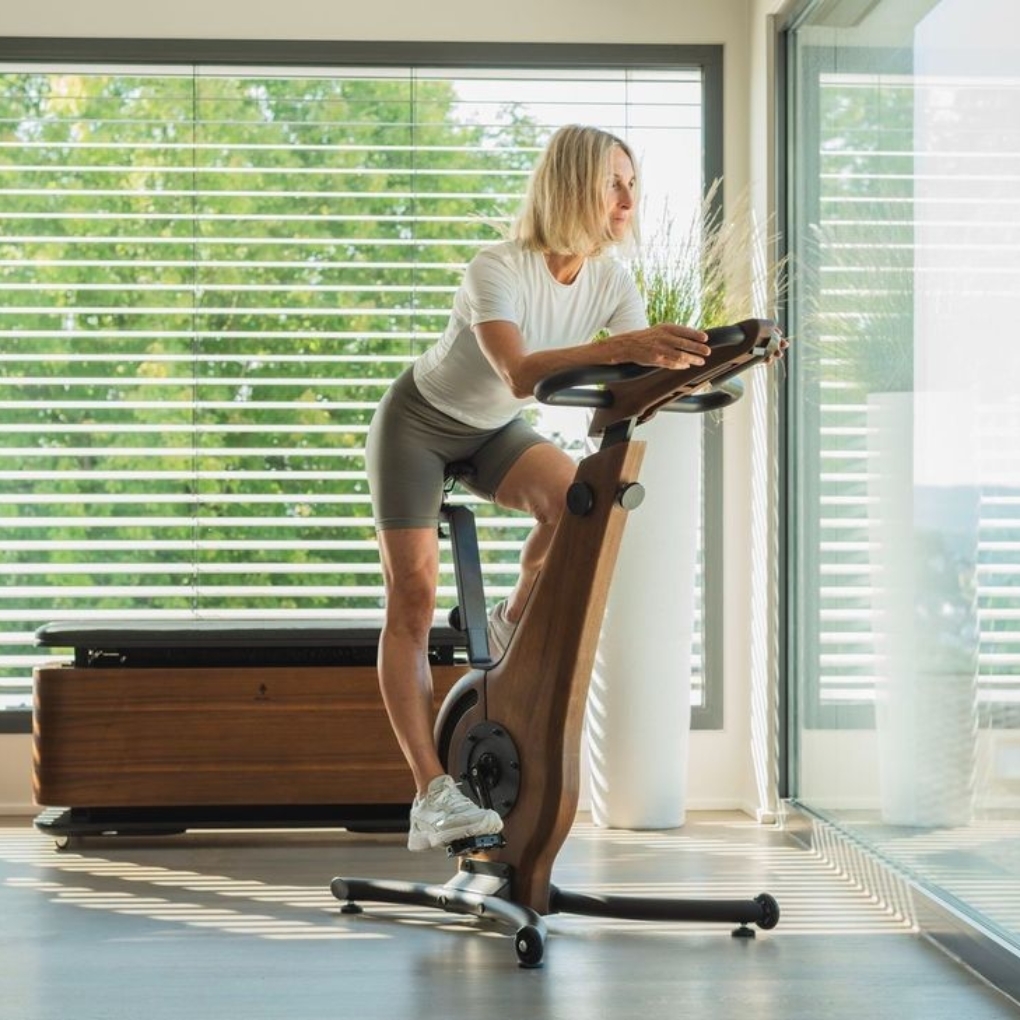
Cycling needs you to have padded and aerodynamic clothing. While riding outdoors the wind will create drag therefore I must account for it.
Best Gym Wear for Cycling:
- Top: Jerseys that are tight fitted (moisture-wicking).
- Bottom: Shorts for cycling that have padding.
- Shoes: Cycling shoes that you clip into.
- Accessories: Gloves and sunglasses.
Why It Works: Wind resistant clothing offers a multitude of benefits while padded shorts reduce soreness for sitting on saddle. Tight clothing help reduce wind drag.
6. CrossFit & Functional Training
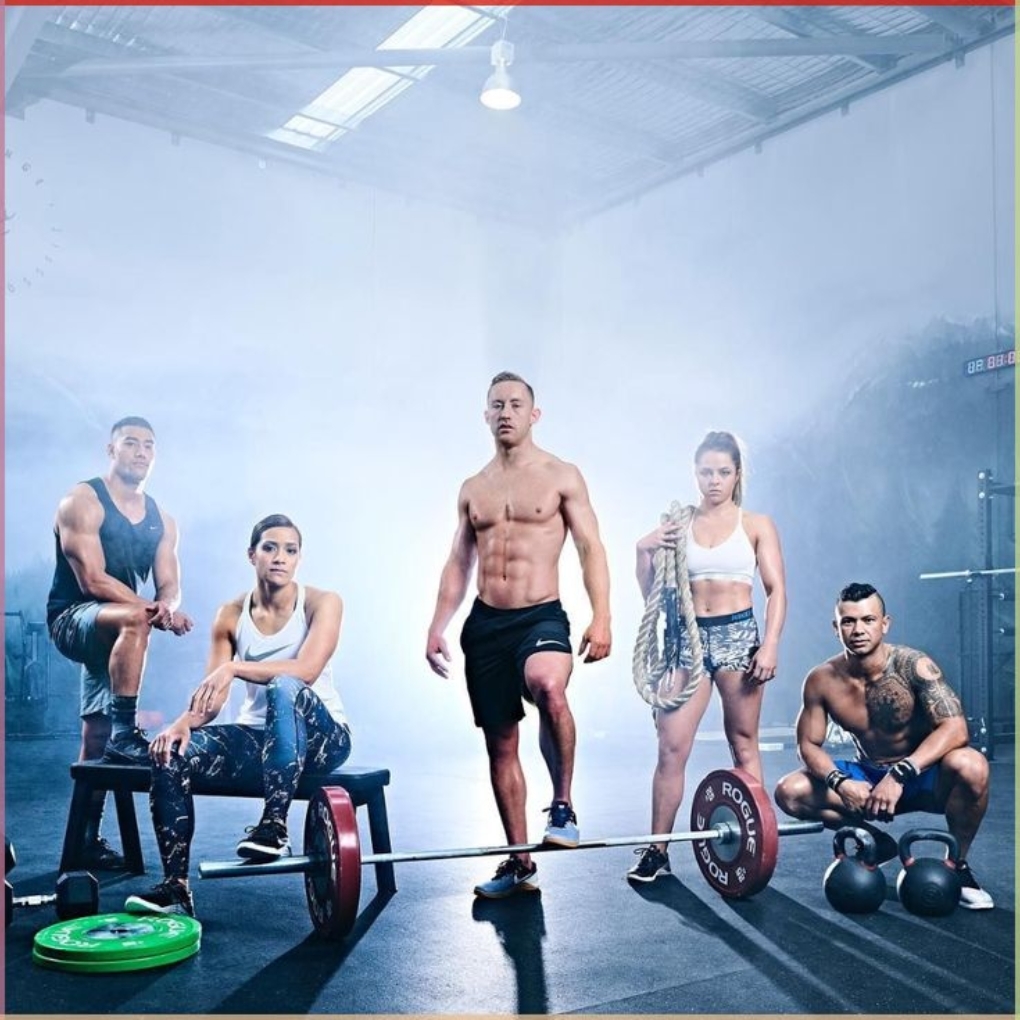
Crossfit involves lifting and jumping so ultra durable clothing is a must.
Best Gym Wear for CrossFit:
- Top: Sleeveless tops or compression shirts.
- Bottom: Leggings or training shorts that are reinforced.
- Shoes: Trainers that are flat-soled and stable (Nike Metcon, Reebok Nano).
- Accessories: Heavy lifting wrist wraps.
Why It Works: The clothing needs to withstand rope – climbs and blunt force strain which makes durable fabric the clear choice. Stable shoes are also recommended to assist with heavy lifts.
7. Swimming & Water Workouts

The ideal swimwear should be lightweight or shallow setting with little to no drag that will dry easily.
Best Gym Wear for Swimming:
- Top/Bottom: Swimsuits or jammers that are resistant to chlorine.
- Accessories: Goggles and swim caps.
Why It Works:
Speed is improved by Hydrodynamic fabric, while quick-drying material prevents chafing.
8. Group Fitness Classes (Zumba, Dance, Aerobics)

Dance can be made easier with the right fabrics that are stretchable. Fun, vibrant outfits boost energy.
Best Gym Wear for Group Classes:
Top: Bright Cropped Tank
Bottoms: Stretchable waist shorts or leggings.
Footwear: Sneakers that are light in weight with pivot support.
Why It Works:
Lengthening colorful outfits improve motivation, while quicker recovery for shape changes provides enhanced flexibility.
Gym Wear Fabric Guide
Not all fabrics work for every workout. Here’s a quick breakdown:
Polyester: Great for running because it is sweat wicking, and durable.
Spandex: Ideal for Yoga because of high levels of stretch.
Nylon: The best option for swimming, being lightweight and quick-drying.
Bamboo Fiber: Works well for those performing low-impact workouts as it is soft and eco-friendly.
Common Gym Wear Mistakes to Avoid
- Wearing Cotton: When exercising, chafing occurs because they absorb sweat like a sponge.
- Clothes that are too loose: An accident waiting to happen with all sorts of machines.
- Wrong Footwear: Shoes for running and weights aren’t inter-changable.
- Ignoring The Weather: Elevens make one layer up in winter but stay light in summer.
Final Tips for Choosing Your Gym Wear
- Check the label of the fabric before purchasing.
- Replace worn out sneakers every 300 to 500 miles.
- Wash gym clothes after every use.
- Always focus on comfort and not appearances.
Conclussion
Having the right pieces from the “Gym Wear Guide” will suit your needs and enhance your performance.
Pairing a workout with the correct outfit is very important. For running, choose shoes and clothes with breathable fabric. Yoga requires stretchy clothes while weight lifting needs stable athletic shoes.
You now know exactly what to wear for any type of exercise. Refresh your gym wear today. Your body will appreciate it!
No. Cotton absorbs sweat, making you feel heavy and sticky. Instead, choose polyester, nylon, or spandex blends.
Not mandatory, but helpful. Compression wear improves blood flow and reduces muscle fatigue, especially in running and HIIT.
Every 6-12 months or after 300-500 miles of running. Worn-out shoes lose cushioning, increasing injury risk.

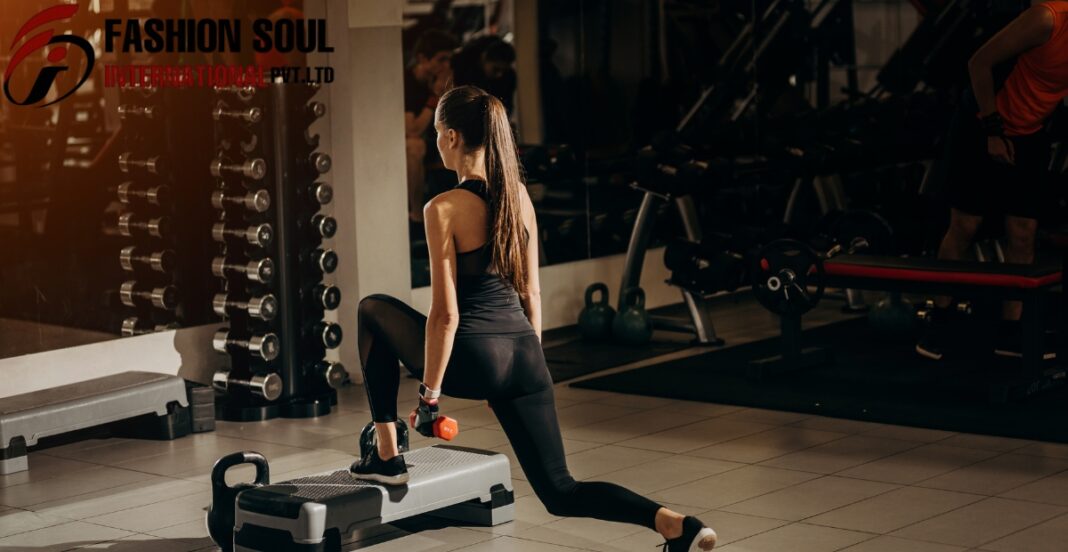

I really appreciated the focus on injury prevention through appropriate gym wear. I used to get shin splints regularly until I realized how much my running gear was contributing to the problem—choosing the right fabric and fit made a huge difference.